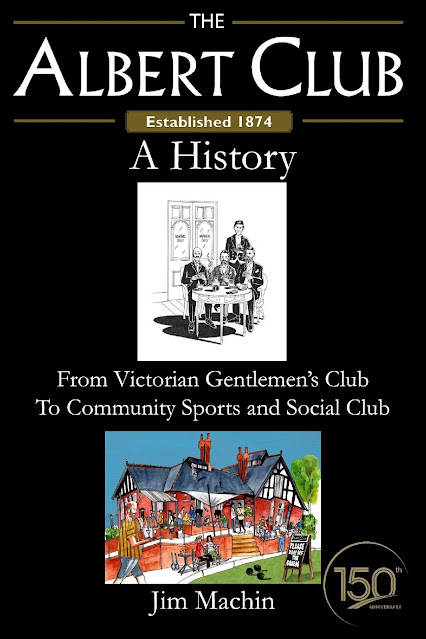Now it is Sunday April 7th 1957 and I am on Chorlton railway station waiting for the train from Central which left at 9.45 am and is due here just twelve minutes later.
The weather according to the forecast is promising, for “after frost at first, areas will have a fine, mainly sunny day, with normal or slightly higher temperature”* which will gives us about 8⁰C or a little bit more.
And that I reckon is just right for a ramble in the countryside which is what we would have been planning to do on that April morning back in 1957.
This I know from a delightful poster which British Railways published in that year** advertising Special Excursions to Chinley, Edale, Hope, Bamford and Hathersage.
It is of course a journey that can no longer be made by rail, but back in 1957 our station still had another ten years before it was closed and there are quite a few people who remember making the trip into the Hope valley by train from Chorlton.
All of which makes the poster a valuable piece of history, for not only do we have the journey times for this long vanished service but also the cost. So from Chorlton it cost 4/3d for a return ticket to Hope and took just 19 minutes.
These were “organised rambles, with leaders provided, details of the routes to be taken and walks for both individuals and parties.”
So having done the ramble the train back would have left Hope at two minutes past seven arriving back in Chorlton at about 8.10 in the evening.
It is a journey I would have loved to have made, not least because it was while in Hope recently that we decided to take up serious walking. But sadly back in 1957 I was just eight years old and living in London.
Still this little poster gives a flavour to what was on offer back then and an insight into our own railway line.
*The Observer April 7th 1957
**Special Excursions to Chinley, Edale, Hope, Bamford and Hathersage, from Manchester Railway Termini, E.M.Johnson, Foxline Publishing, 1987
Picture; from Manchester Railway Termini, E.M.Johnson, Foxline Publishing, 1987
















